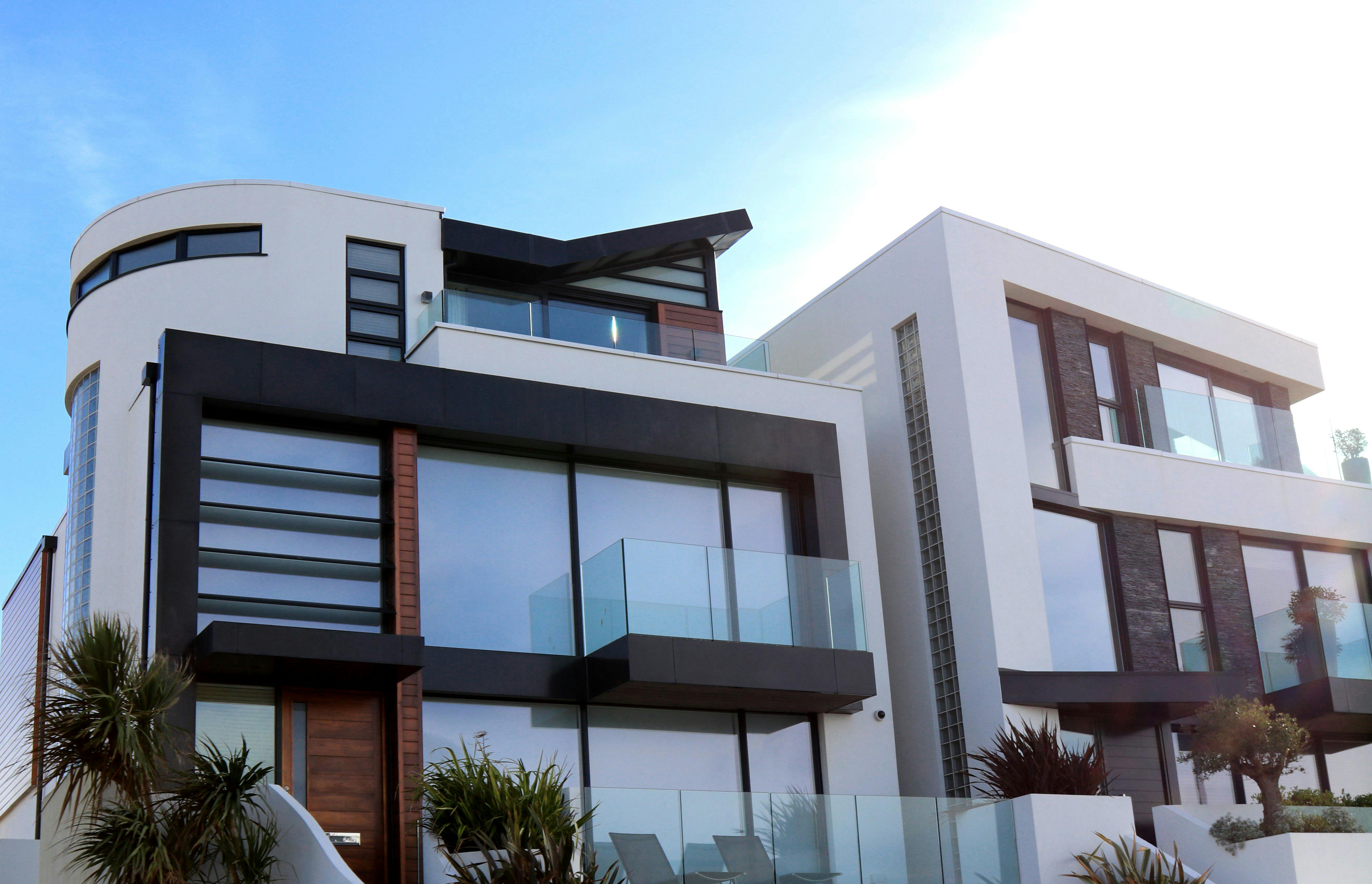Analyzing Sustainable Residential Real Estate: Clarity Amidst the Impact of Climate Change
The issue of climate change has brought about numerous challenges in a broad range of sectors and the real estate industry is not exempt from that. Today, we'll be taking a deeper dive into how sustainability factors into residential real estate and what it means for buyers, sellers, and investors.

Navigating A New Landscape: Changing Homebuyer Desires
It’s been notable in recent years that residential home preferences have been evolving. More and more, buyers place emphasis on energy efficiency and sustainable materials in homes. As younger generations prioritize environmental consciousness, homes produced with minimal impact on the environment turn more heads towards their listings.
Financial Examination: Greener Homes and Returns
The demand for eco-friendly homes doesn’t simply improve the optics of real estate firms’ portfolio, it also makes solid financial sense. Like many investments, the benefits of modern, energy-conserving homes pay off in the long run. Lower energy costs not only decrease monthly bills significantly but also give the homes added value that makes them more attractive in the resell market.
Sustainable Property Investment Strategies: Questions And Concerns
However, not everything is rosy in pursuing green real estate investments. A high barrier to entry in the form of the initial costs of purchasing and modifications can discourage many potential investors looking for immediate short-term gains. Still, continuously technological improvements are inclined towards making eco-friendly purchases more accessible to all. Slow and steady appears to be way for real estate players in this space, tying portfolios to the Norweigan proverb, “There is no such thing as bad weather, only bad clothing.”
The Direct Push: Public Policy Initiatives
Helping to drive the trend toward sustainability in real estate, several policy initiatives have been put in place, tying public loans, grants, or subsidizes to adoption of eco-friendly practices. While this could impose new drawbacks and costs on developers in the short-term, these initiatives expect to shape a real estate culture that emphasizes protecting the environment for the long run, the most significant takeaway being that real estate is by no means separate from the interconnected web of global eco-policy.
Some Parting Shots: What Does This Mean moving forward?
While green homes and investments might initially seem more arrangement complex and extravagant, buyers, sellers, and property investors can all greatly benefit in a surprisingly direct manner. A greater (and totally justified) buzz surrounds these emerging asset classes that feature sturdy, energy-saving materials. Yes, guidance and necessary diligence have become more evolved, but to ignore tying luxury and environmental consciousness in modern real estate strategies would be short-sighted and uncompetitive.
In all of surprising real estate’s climates - and none are reasonable predictable - property buyers, sellers and investors would be wise to tune in to the potential and long-term profit dynamics tied to climate-resilient and sustainable landscapes. Let’s ensure that within the setting sun of current economic regimes, we pay attention to the breaking of this au courant horizon—green real estate, geared towarsing era with a weather eye on preserving climate change.




